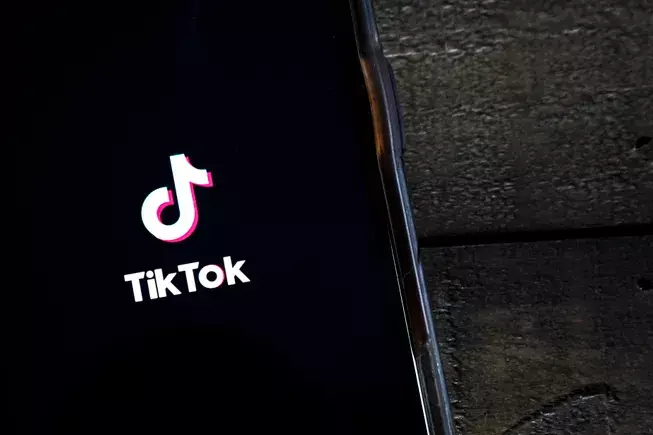In the ever-evolving landscape of global tech, TikTok’s latest maneuver signifies more than just a benign update; it marks a pivotal shift in how Chinese tech giants navigate international regulation and sovereignty. The development of a dedicated U.S.-only version, dubbed “M2,” underscores TikTok’s desire to adapt swiftly to America’s stringent demands while preserving its core global business. This move exemplifies a broader strategy: creating regional siloed platforms to appease political concerns and maintain user engagement without ceding complete control over the underlying algorithms that fuel the platform’s addictive appeal.
What makes this development profound is its layered implications. By setting a timetable—requiring American users to transition to the “M2” version by March 2026—TikTok is essentially implementing a digital divide that could alter how content is curated and consumed in the U.S. This divergence could produce an environment where American users experience a different content ecosystem, potentially diminishing the platform’s unified global engagement. Is this a strategic compromise, or a harbinger of fragmentation that risks weakening TikTok’s unique appeal? The answer likely depends on how well TikTok manages to uphold its algorithmic magic within these subdivided platforms.
National Security, Control, and the Algorithm Conundrum
The core tension in this unfolding saga revolves around control—who owns the algorithm, and who influences the platform’s content flows? The U.S. government has made clear that it sees TikTok as a sovereignty issue—a tool that potentially compromises national security by allowing foreign influence. The “Protecting Americans from Foreign Adversary Controlled Applications Act” aims to limit Chinese government control, necessitating structural changes that challenge TikTok’s existing model.
The stubborn insistence by Chinese authorities that TikTok’s proprietary algorithm not be sold complicates negotiations. The algorithm, after all, is the engine behind TikTok’s unparalleled engagement metrics. If ByteDance spins off a version with restricted algorithm access, it might satisfy legal and political concerns but at the risk of diluting what makes TikTok uniquely captivating. Could a carefully curated subset of the algorithm be spun off, or will the separation be too blunt to preserve TikTok’s essence? This dilemma exposes a fundamental question: can a platform that relies so heavily on personalized content continue to thrive if its core engine is somehow severed or limited?
The Political and Commercial Implications of the Coming Sale
Recent signals hint at a possible resolution to this complex impasse. The involvement of high-net-worth groups being lined up as prospective buyers, as announced by President Trump, signals a move toward privatizing control rather than outright banning or breaking up the platform. Trump’s repeated delays of the forced sale reflect a willingness to negotiate, perhaps recognizing that banning TikTok entirely could backfire both economically and politically.
This impending sale raises questions about the future landscape of social media governance. Will the new U.S.-backed TikTok be a true independent platform, or merely a veneer that maintains the brand while sidestepping control issues? The timing—the planned launch of “M2” coinciding with the expiration of current executive orders—appears designed to mitigate risks of disruption. If successful, it could preserve TikTok’s market dominance in the U.S. while appeasing regulatory fears.
Yet the real concern remains: can this stratagem preserve the addictive algorithmic experience, or will it be a pale replica that struggles to retain user engagement? The answer hinges on how effectively the platform manages to balance regulation compliance and technological innovation. If TikTok’s new U.S. version can retain its core appeal without exposing national security vulnerabilities, it might become a blueprint for other platforms navigating geopolitical minefields.
Final Reflections: A Battle for Digital Sovereignty
Ultimately, TikTok’s ongoing saga captures a larger narrative: the contest for control over digital spaces in a polarized world. The platform is at the crux of a battle between economic interests, national security concerns, and technological innovation. The creation of a separate U.S. version could either be a prudent compromise or a stepping stone toward fragmentation and decline.
What is clear, however, is that the stakes are immensely high. The platform’s future in America will demonstrate whether a digital giant can adapt to national sovereignty demands without sacrificing its soul—or if it will become just another battleground in the ongoing struggle over the totemic power of social media. As TikTok subtly reconfigures itself, the world watches, eager to see if this digital chess match will result in innovation or institutional compromise that ultimately dilutes what made TikTok a cultural phenomenon in the first place.

